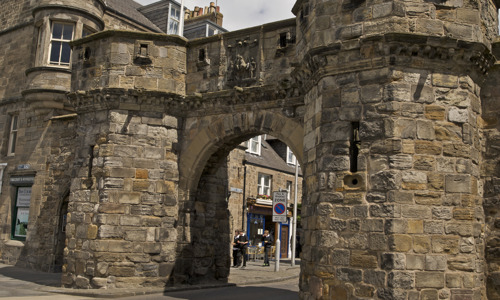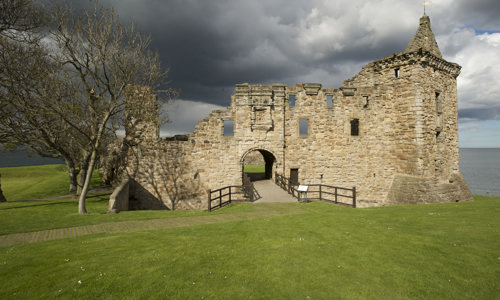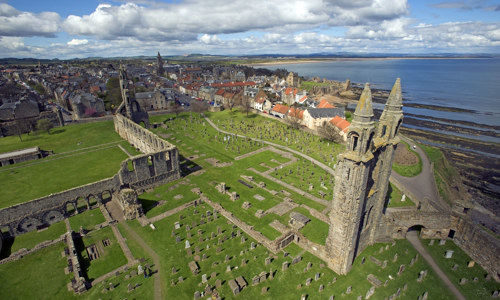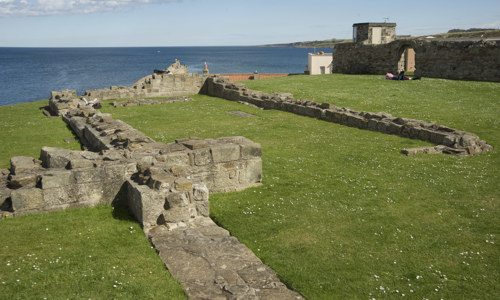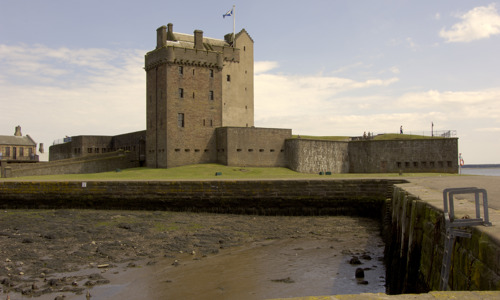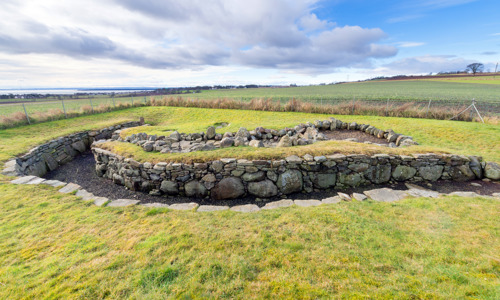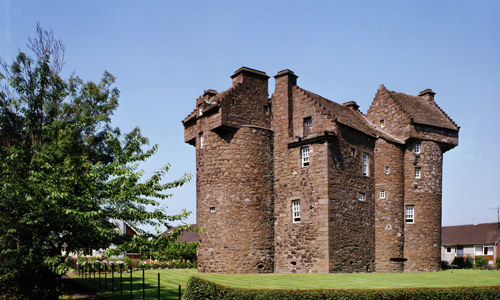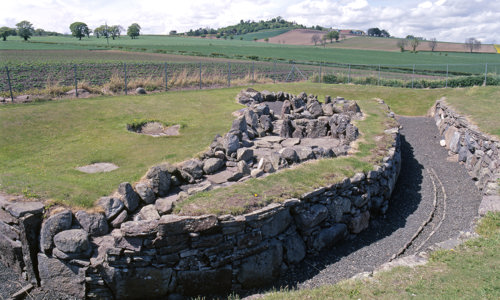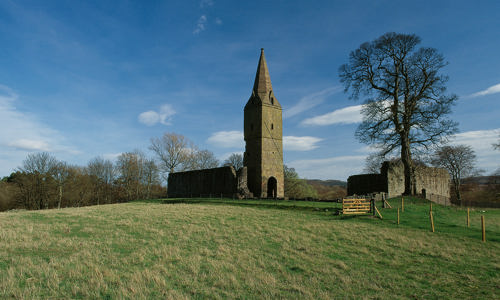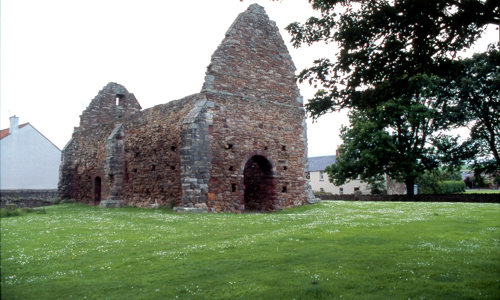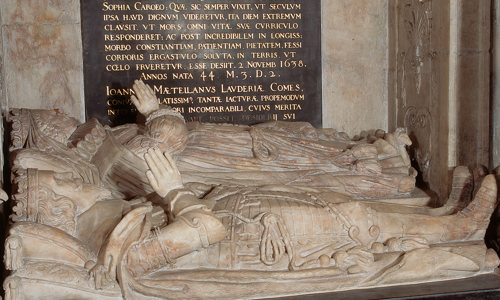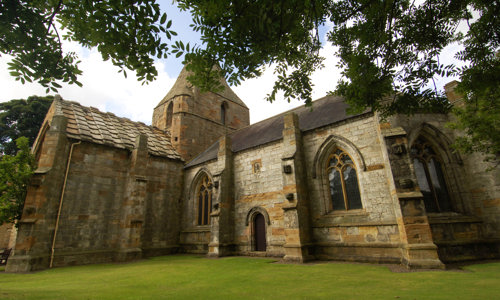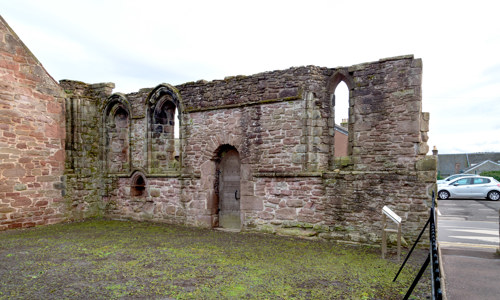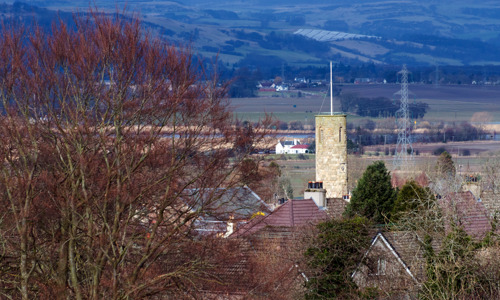History
There were many Dominican Friaries built around Scotland during the Middle Ages, though very few fragments survive today. Dominican Friars were also referred to as Blackfriars, from the colour of their robes. The Order originated in the 1200s and they were particularly associated with preaching, teaching and scholarship and had close links with the universities.
A brief history
A Dominican Friary was established in St Andrews around 1464, initially with only two friars. In 1514 a generous bequest in the will of William Elphinstone left the Dominicans money to build a new friary and to say prayers for his departed soul. Building began in 1516, and there were funds enough to pay for the maintenance of five friars.
Elphinstone was an important religious and political figure who served James III and James IV as an ambassador and diplomat. He was Bishop of Aberdeen, where he founded Kings College, and was nominated by the King to become Archbishop of St Andrews, but died in 1514 before this could be agreed.
The Chapel was built in 1525 as an addition to the church. There is a record of Archbishop Hepburn giving permission for it to encroach upon the street as there was not enough room for it on the Friary site. The Chapel is all that remains today of the whole Friary complex which originally occupied the lawns in front of Madras College.
Dutch connection
The chapel has large windows, with elaborate tracery on four sides. The fifth was left blank to accommodate an altar.
There’s a visible Dutch influence in the simple, loop-like forms of the windows. Indeed, the Scottish Dominicans had been reformed in about 1510 by delegates of the Dominican Congregation of Holland.
The stone-vaulted ceiling of the chapel, however, is typically Scottish. Carved bosses are visible at the junctions of the cross-ribs. They feature symbols of Christ’s Passion and the Hepburn arms. The latter is probably a tribute to Dean George Hepburn of Dunkeld, who supervised the building work.
The Reformation
The rebuilt Blackfriars Chapel and Friary saw less than 40 years of use before the radical changes of the Reformation took place. St Andrews Blackfriars was an early target for the Protestant reformers: one account says that in June 1559 it was “destroyed” and the Friars “violently expelled”. The Chapel is now the only visible remnant of the Friary complex and has been a landmark on South Street ever since.


